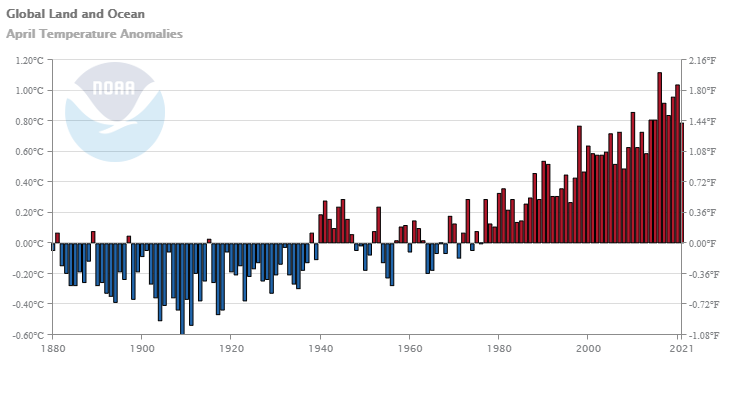 The NOAA post Meet 5 NOAA buoys that help scientist understand our weather, climate, and ocean health by Caitlin Valentine and Jessica Mkitarian (6/3/2021) provides an overview of NOAA buoys:
The NOAA post Meet 5 NOAA buoys that help scientist understand our weather, climate, and ocean health by Caitlin Valentine and Jessica Mkitarian (6/3/2021) provides an overview of NOAA buoys:
But how do NOAA and partner scientists gather data on such a vast environment?
One big way is with buoys, ocean observing platforms that help scientists monitor the global ocean — including in remote, hard-to-reach areas. Some of these buoys float along the ocean surface, gathering data as they drift with currents (sometimes even into the paths of hurricanes!). Some, meanwhile, are moored to the ocean floor, collecting data in the same region and helping scientists observe changes over several years or decades. In honor of Ocean Month, we’re highlighting five buoys that help NOAA scientists monitor and understand the ocean (and the Great Lakes, too!).
There are numerous links in this post that will get you to data (eventually) while the article itself gives an excellent overview of the type of data collected.







